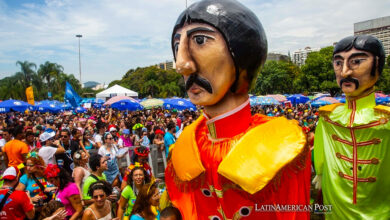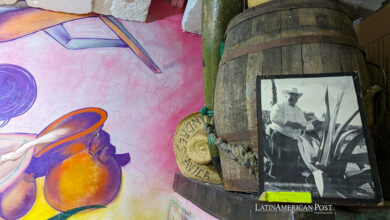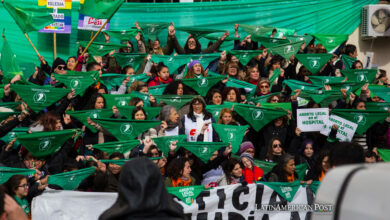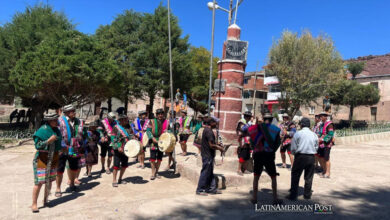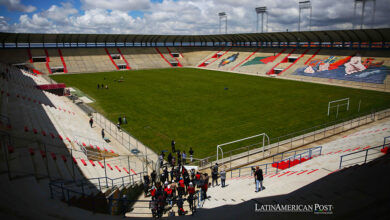Reviving Moxa: Bolivia’s Linguistic Heritage Unearthed
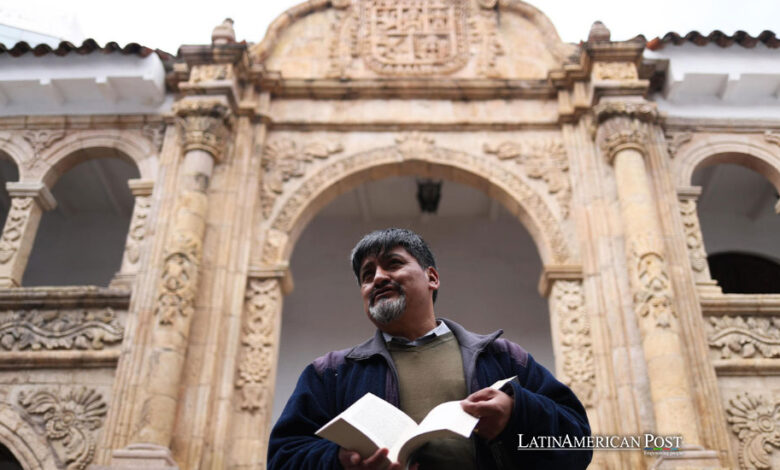
Bolivia unveils a facsimile edition of an 18th-century Moxa language dictionary by Jesuit Pedro Marbán, bridging cultural heritage with modern study amid efforts to preserve indigenous languages and cultures, reflecting a broader Latin American movement towards linguistic revitalization.
Preserving Bolivia’s Linguistic Treasure
In Bolivia, a remarkable initiative has brought the 18th-century linguistic heritage of the Moxa language back into the spotlight. A facsimile edition of the Arte Vocabulario Cathecismo Menor y Mayor de la Lengua Moxa was recently introduced, initially authored by Spanish Jesuit Pedro Marbán. This effort, led by the Museo Nacional de Etnografía y Folclore (Musef) in La Paz, aims to facilitate the study of this indigenous language and culture without risking damage to the original document, now a UNESCO’ Memory of the World’ recognized the piece as of 2023.
The initiative spearheaded by Musef’s director, Elvira Espejo, reflects a conscious effort to make the rich Moxa linguistic and cultural heritage accessible. Transcribing this over 300-year-old document into a more durable format allows for broader engagement with the language, which is crucial for educational and preservation purposes.
The Moxa language, integral to the indigenous communities in the Beni region of Bolivia, forms part of the giant mosaic of Latin America’s linguistic diversity. Pedro Marbán, who arrived in the Moxos plains in 1675, compiled this dictionary by 1701, significantly contributing to the documentation and preservation of one of the five major languages he encountered, the morocosí or moxeño.
This preservation effort is not just about saving a language; it’s about reviving a culture. The transcription process, which took a year and resulted in a two-volume edition, was supported by the Swiss Embassy in Bolivia, highlighting the international interest in safeguarding indigenous linguistic heritage.
Importance of Accessibility
Milton Eyzaguirre, head of Musef’s Extension Unit, emphasizes the importance of making this document accessible to broader audiences, including communities from both the Andean highlands and the Amazonian lowlands. His remarks underscore the museum’s commitment to sharing this cultural treasure with all regions, fostering a deeper understanding and appreciation of Bolivia’s indigenous heritage.
The facsimile edition of Marbán’s work not only makes the Moxa language more accessible but also serves as a crucial tool for cultural and linguistic revival. In Bolivia, where about 50,000 people still speak Moxa, particularly in Beni and central Cochabamba, the dictionary could help reclaim fading linguistic practices. It reveals the potential for rediscovering lost words and concepts, which is vital for the cultural identity of the Moxa-speaking communities.
This endeavor mirrors broader trends in Latin America, where there is a growing recognition of the value and necessity of preserving indigenous languages. Across the region, from the Mapuche language in Chile to the Quechua and Aymara languages in Peru and Bolivia, efforts are underway to reclaim and revitalize marginalized or neglected linguistic traditions.
Cultural Reconnection
The project extends beyond mere language preservation. It is about reconnecting with the Moxa people’s worldview and understanding their historically sophisticated knowledge of hydrology, as evidenced by Marbán’s extensive documentation of water-related terminology. Such knowledge is particularly relevant for regions like Moxos, which are often prone to flooding and historically adept in water management.
In creating the facsimile edition, Musef has provided a valuable resource that can aid in the broader cultural and academic engagement with the Moxa language and its speakers. This initiative preserves a critical piece of Bolivia’s linguistic heritage and contributes to the ongoing discourse on the importance of linguistic diversity and cultural preservation in Latin America.
Also read: Bolivia’s Quinoa Boom: From Ancient Staple to Global Superfood Odyssey
Introducing the facsimile edition of Pedro Marbán’s Moxa dictionary in Bolivia signifies a vital step in acknowledging and preserving the linguistic and cultural heritage of Latin America’s indigenous peoples. This initiative, reflective of regional efforts to protect and celebrate linguistic diversity, underscores the profound connection between language, culture, and identity in shaping the narrative of Latin America’s rich and diverse heritage.

